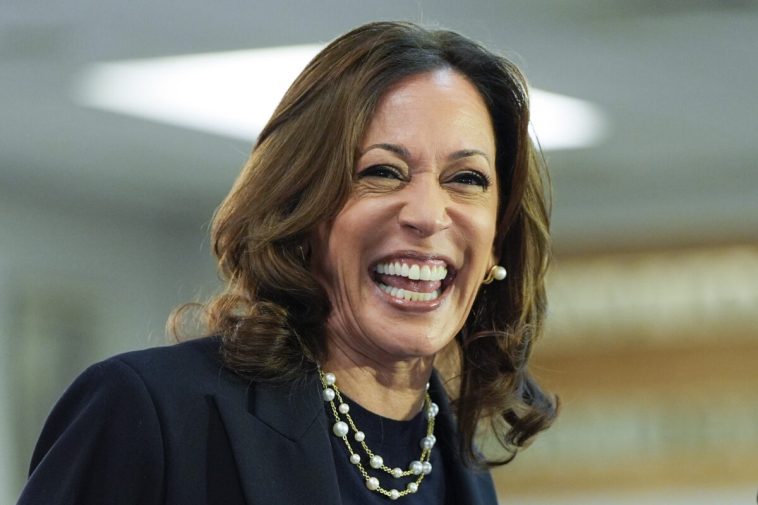In the current race for the presidency, there has been a reported decrease in the number of Americans participating in early voting and requesting mail-in ballots compared to this point in 2020. This considerable downturn in advance participation aligns with sober predictions, which declared the early voting turnout would be significantly lower than previous estimates.
Based on the numbers, approximately 4.2 million Americans have cast their ballots ahead of time, marking a 45 percent drop compared to the corresponding period in the last election. This downturn extends to both early voting and mail-in ballot requests, throwing an unexpected curveball into the electoral process.
In the state of Virginia – one example of many – only 459,000 people opted for early voting, about four percent less than the number seen in 2020. This figure only emphasizes the nationwide downturn in the number of people participating in this part of the voting process.
There is also a notable decrease in requests for mail-in ballots. Statistics reveal these requests are experiencing around a 58 percent decrease from 2020 in states where ballots are not automatically mailed out to the registered voters. This steep fall-off represents a significant shift in voting behavior compared to just a year ago.
There’s a pronounced drop in mailing requests when we particularly look at the crucial swing states of Georgia and North Carolina. Compared to the figures in the last election, voters in these states are using mail-in ballot requests 84 percent and 75 present less respectively.
An increasing number of citizens seem to be deciding to vote in person on the actual Election Day, contrary to recent trends. One interpretation of this could be that voters simply prefer to exercise their democratic rights in person, rather than via mail, especially when their states offer ample opportunities for early voting.
While the implications of these statistics remain unclear, this shift in voter behavior is evidently significant. Early voting and mail-in ballots have been popular choices, particularly during the Covid-19 pandemic when public health was a dominating global concern.
These marked downturns in early voting and mail-in ballot requests resonate strongly, particularly in those battleground states. While the meaning behind these voting trends is difficult to conclusively decipher, one would be hard-pressed to take this data as a positive indication.
Indeed, the gravity of these numbers is such that analysts have remarked it’s ‘impossible to spin them into good news’. This is not just a statement on the numbers themselves, but also on the profound implications they may have for both campaigns.
One possible interpretation of these trends is that the race is still far from concluded. The decline in early voting and mail-in ballots means that there is still plenty of time, and opportunity, for both candidates to influence voters. With the option to sway undecided voters, the candidates still have an open platform to make their campaign messages heard.
As a result, campaign activity in these key swing states could be more influential than ever. With fewer ballots cast in advance, the candidates’ campaigning strategies and public appearances can make a decisive impact as they strive to sway voters in their favor.
While early voting was seemingly the voter’s choice during the previous elections, the present situation has added an extra layer of suspense to the overall electoral process. Consequently, this presents a unique scenario where the scales could tip in anyone’s favor until the very last moment.
Further, the noticeably reduced reliance on mail-in voting indicates a potential shift in public sentiment. Despite widespread accessibility, voters are choosing to wait until Election Day to cast their votes, highlighting the deep-rooted belief in the sanctity of the in-person voting tradition.
In conclusion, these unprecedented statistical trends underline an evolving landscape in contemporary American politics. Ultimately, the fate of the election lies in the hands of the voters who, it appears, are choosing to wait until Election Day to cast their ballots, keeping the entire nation eager in anticipation.


